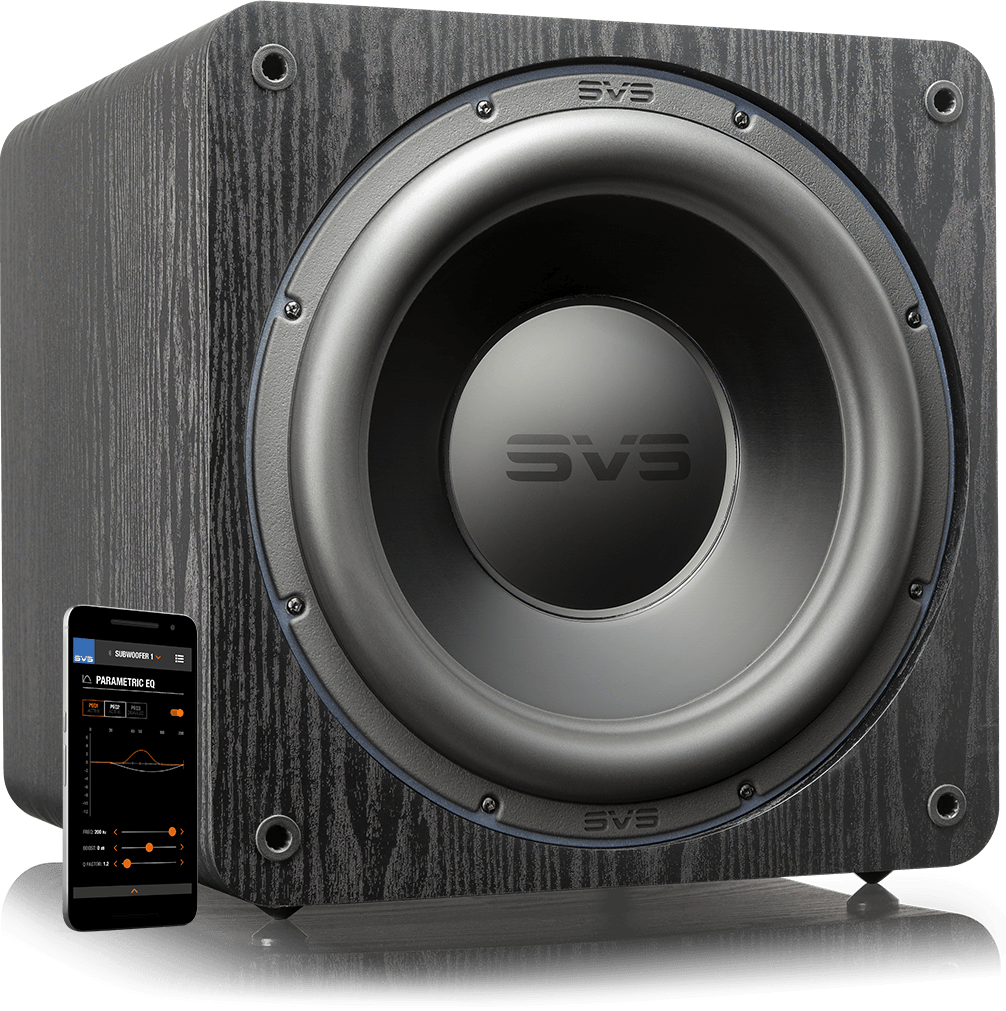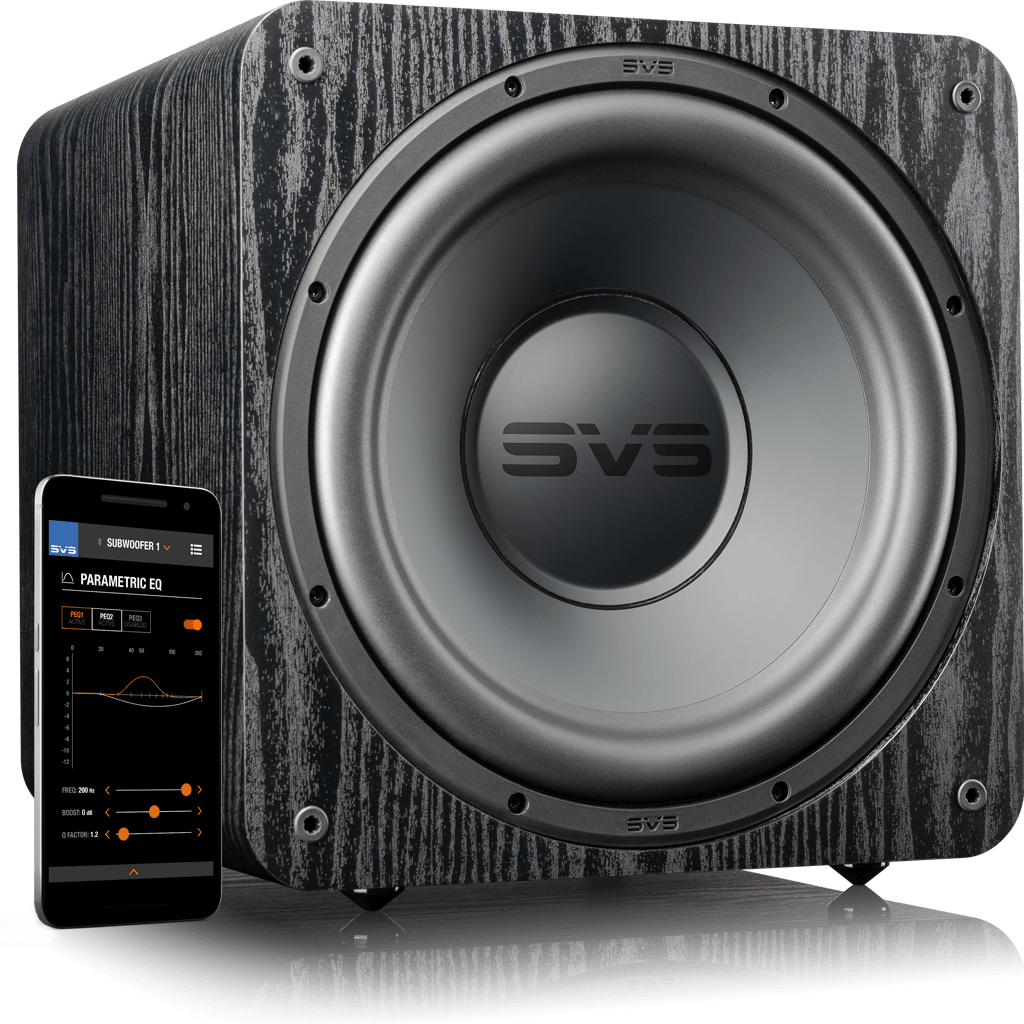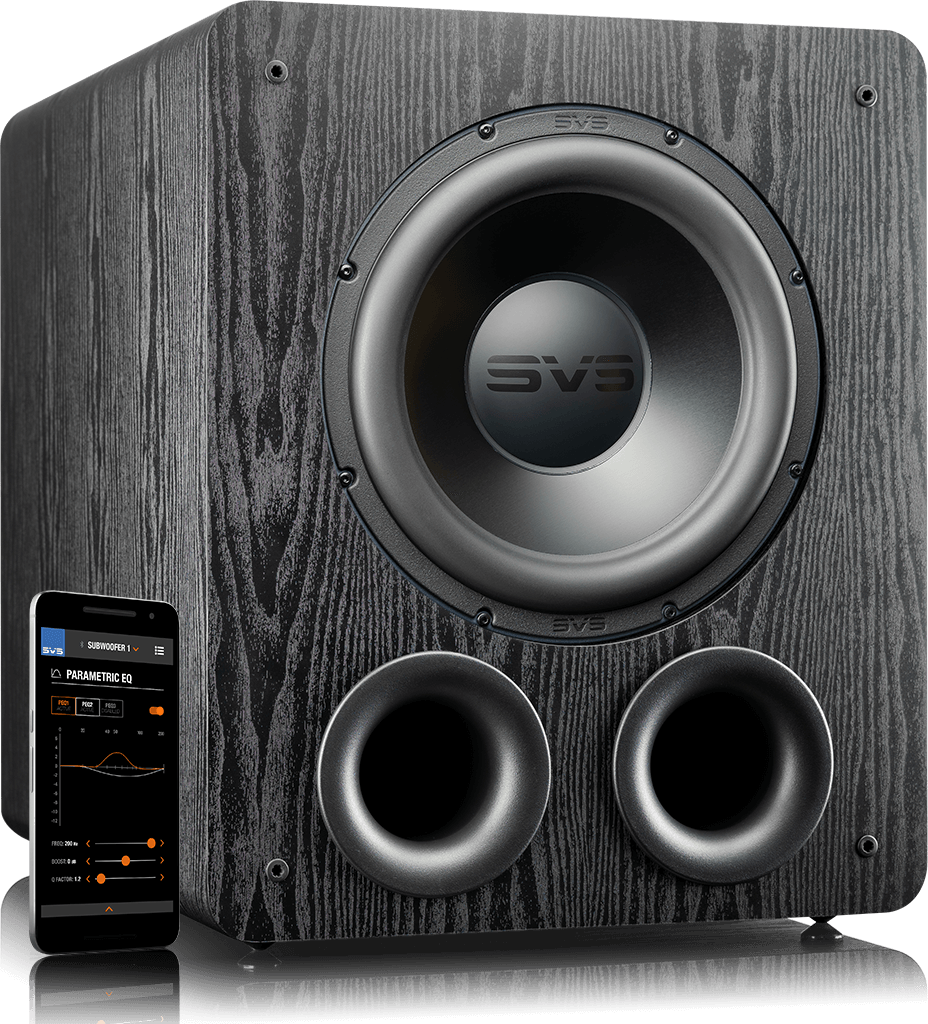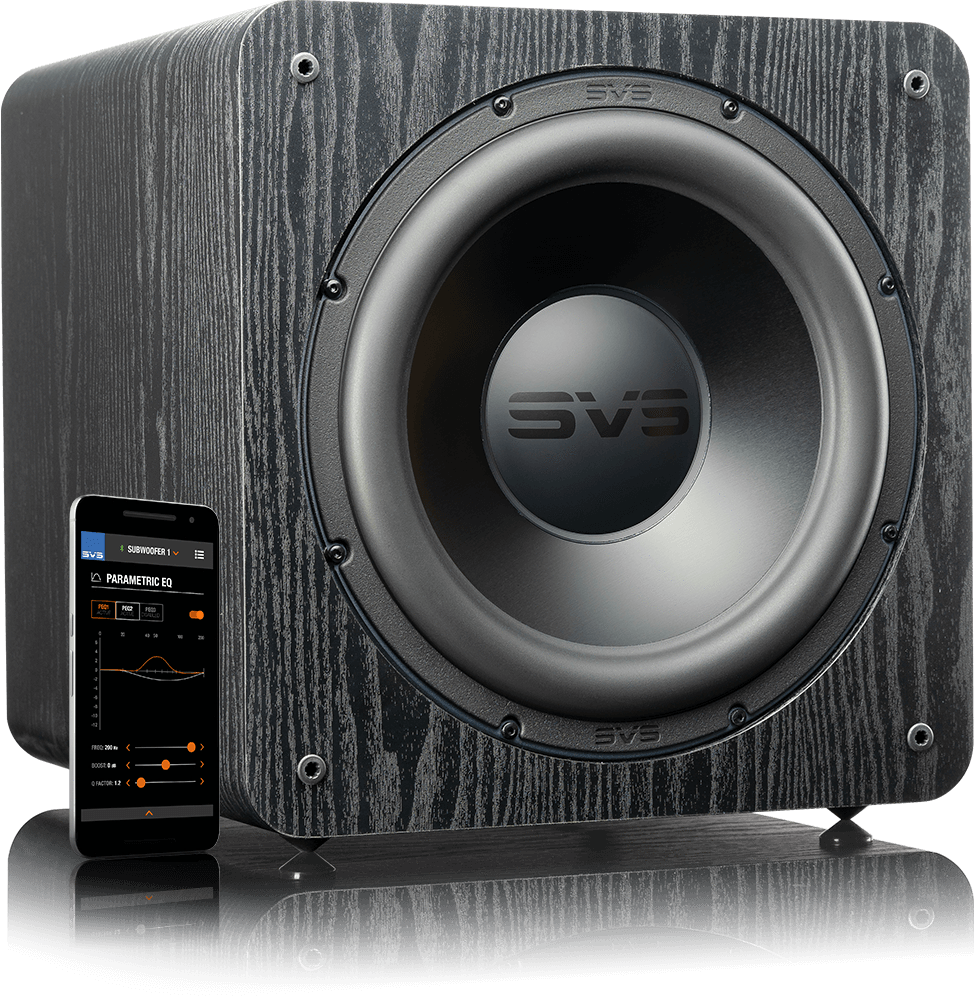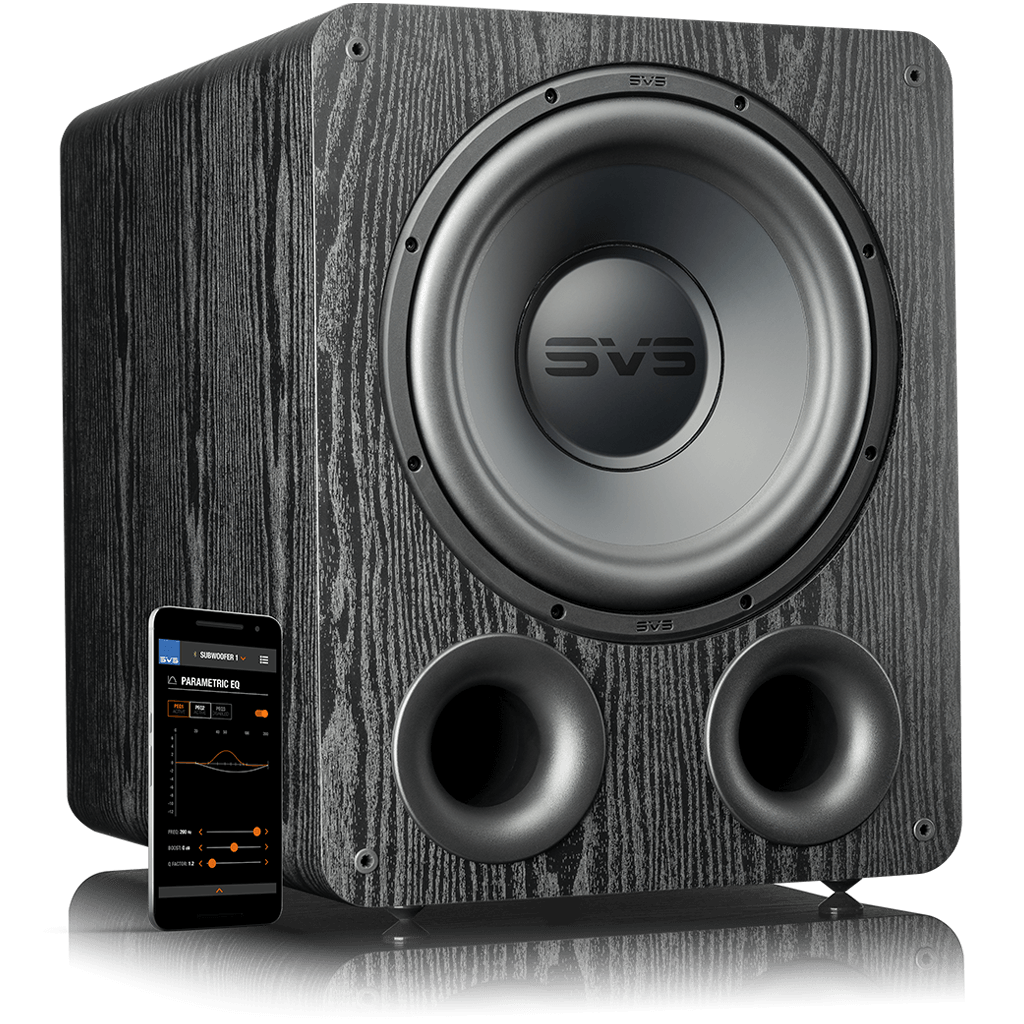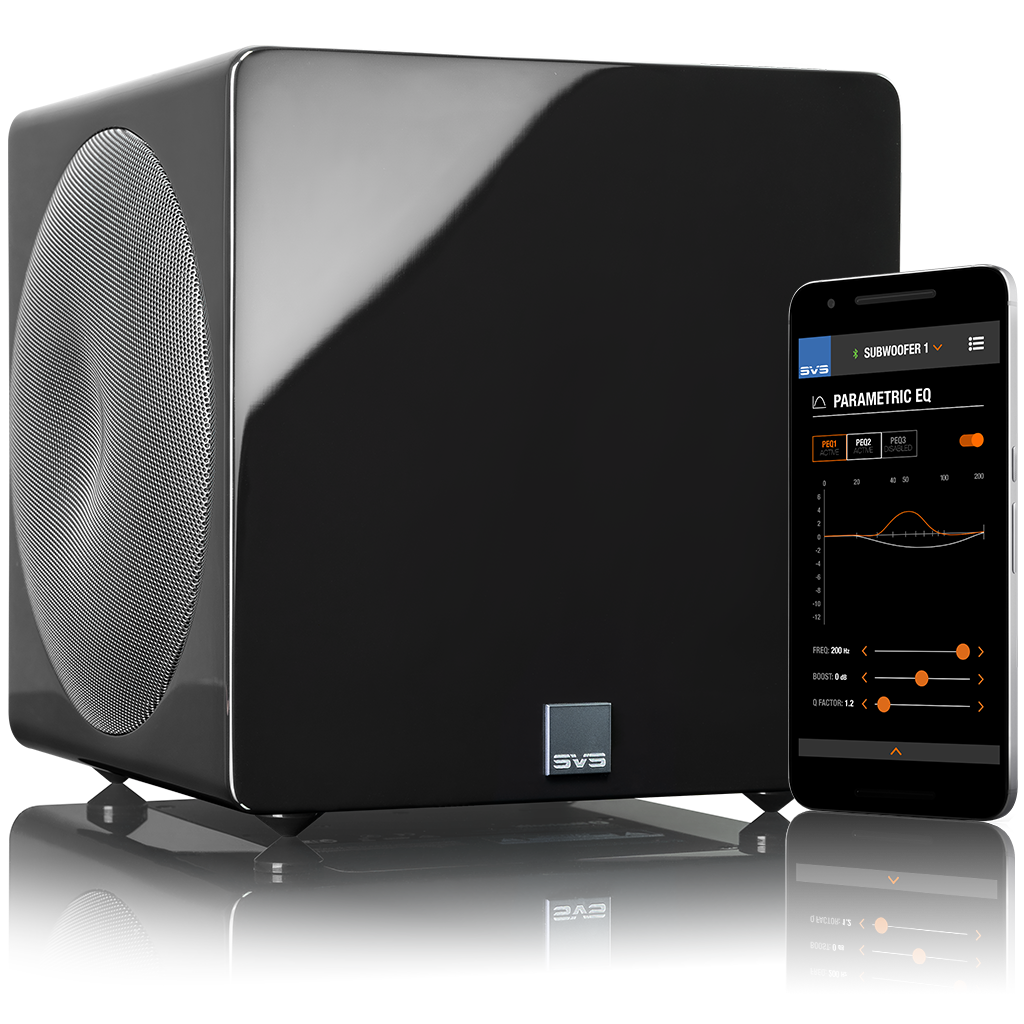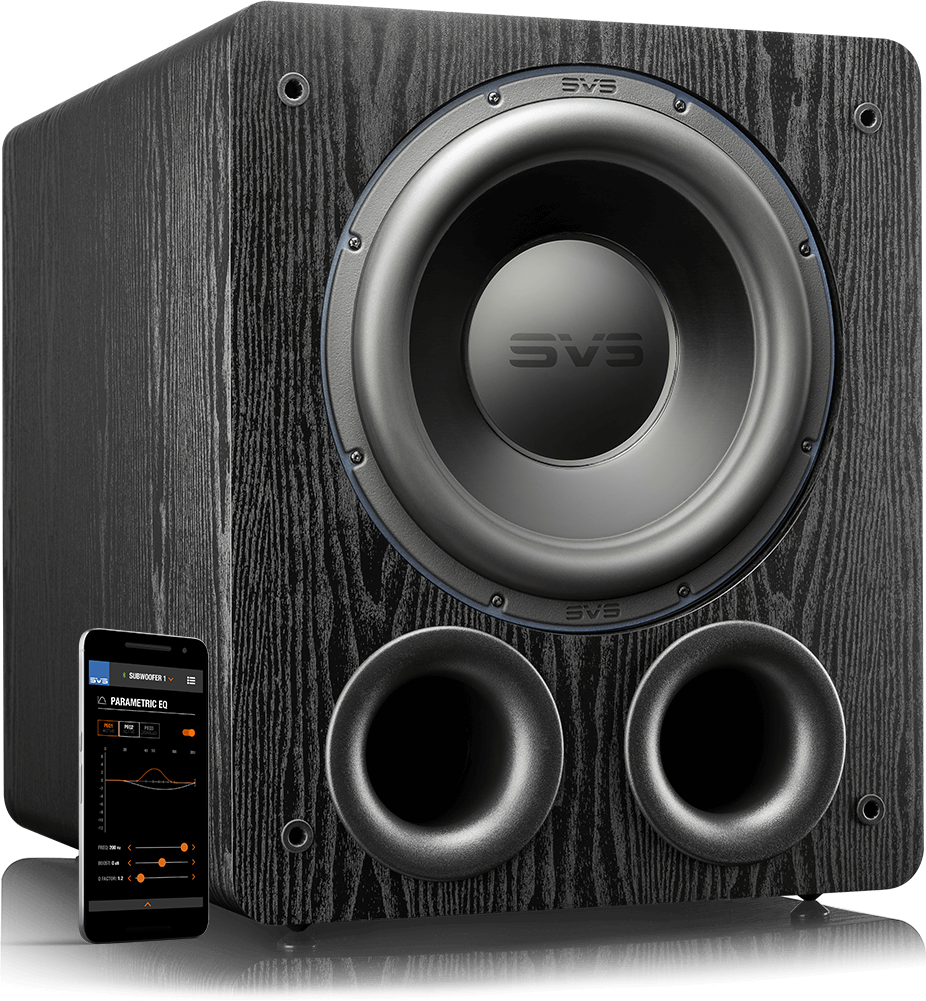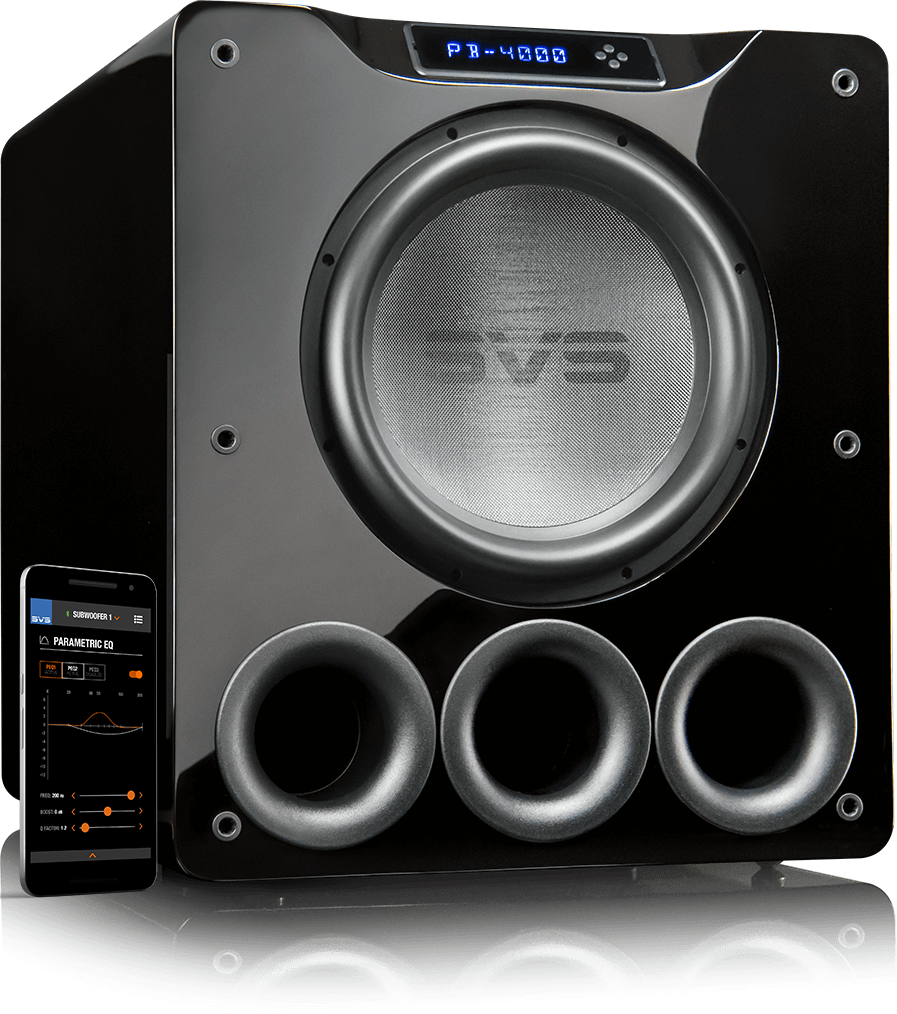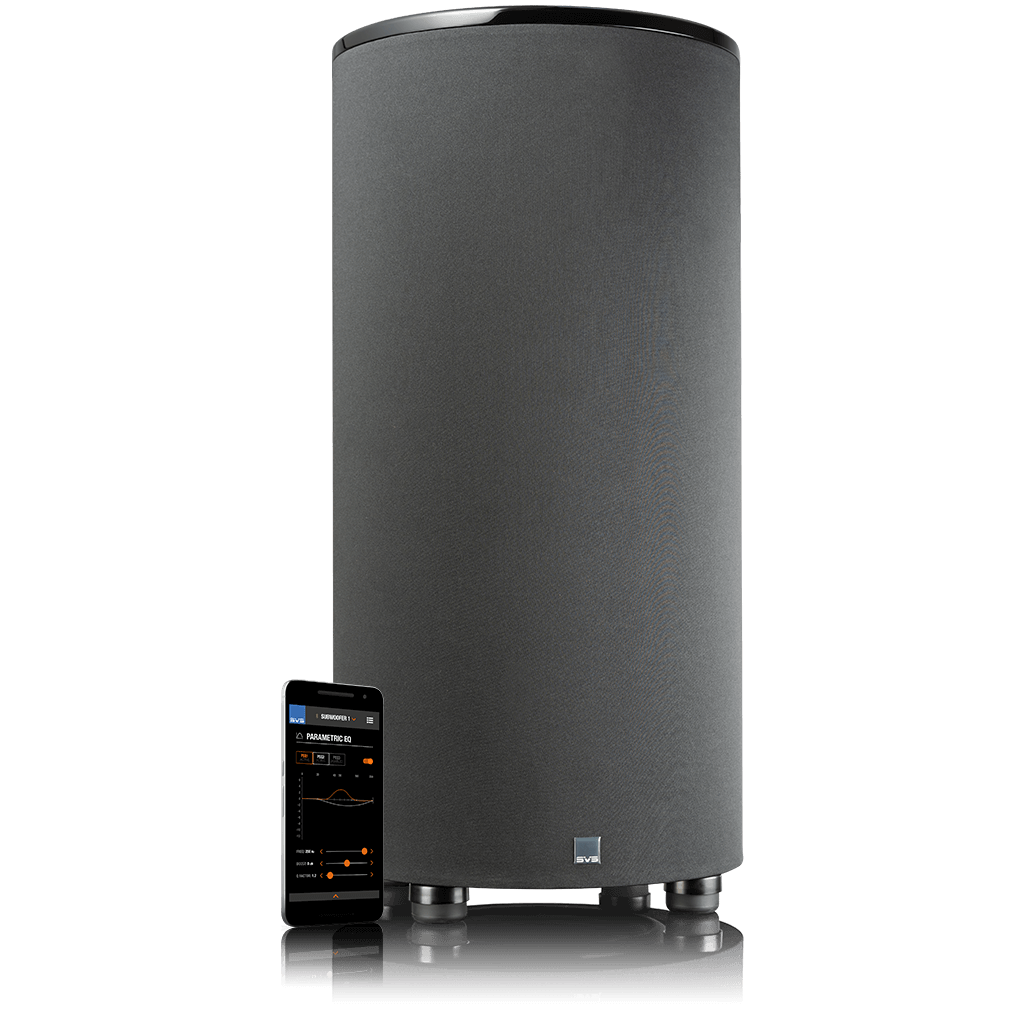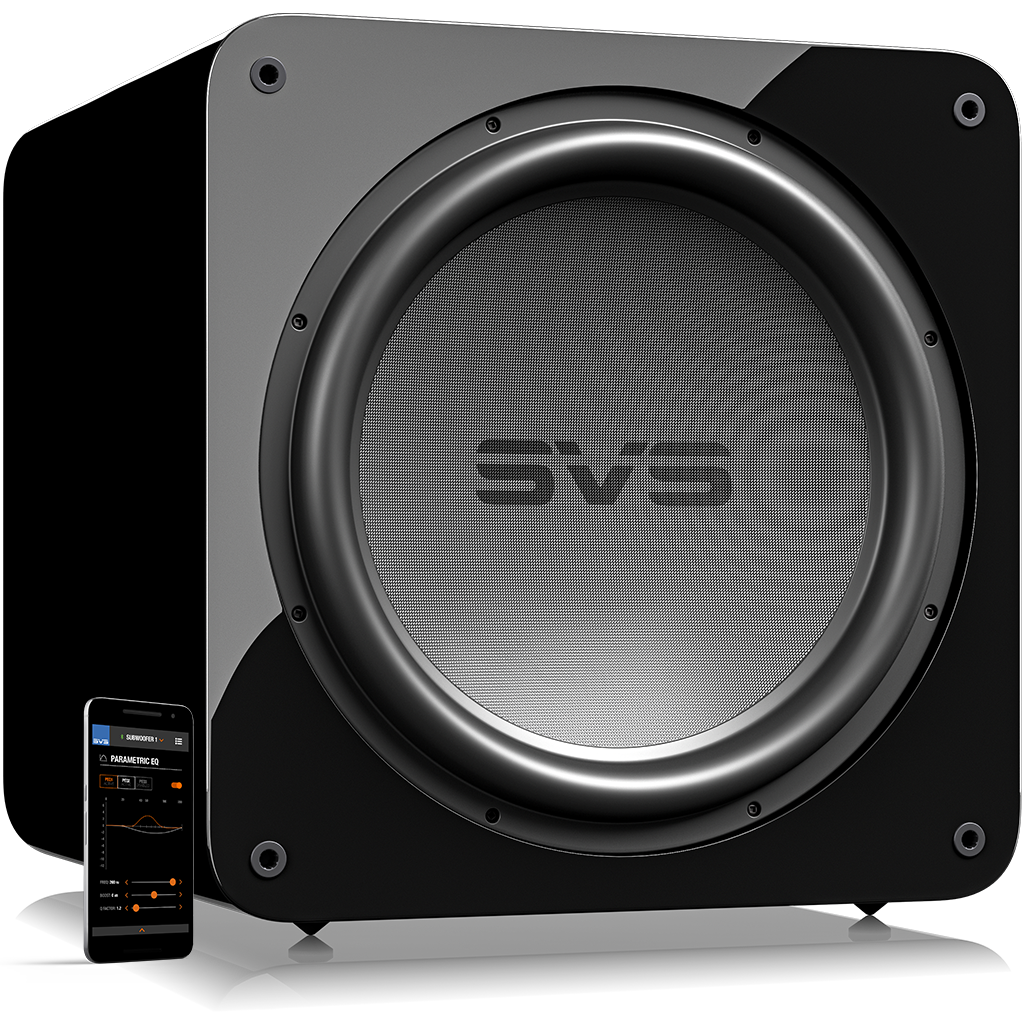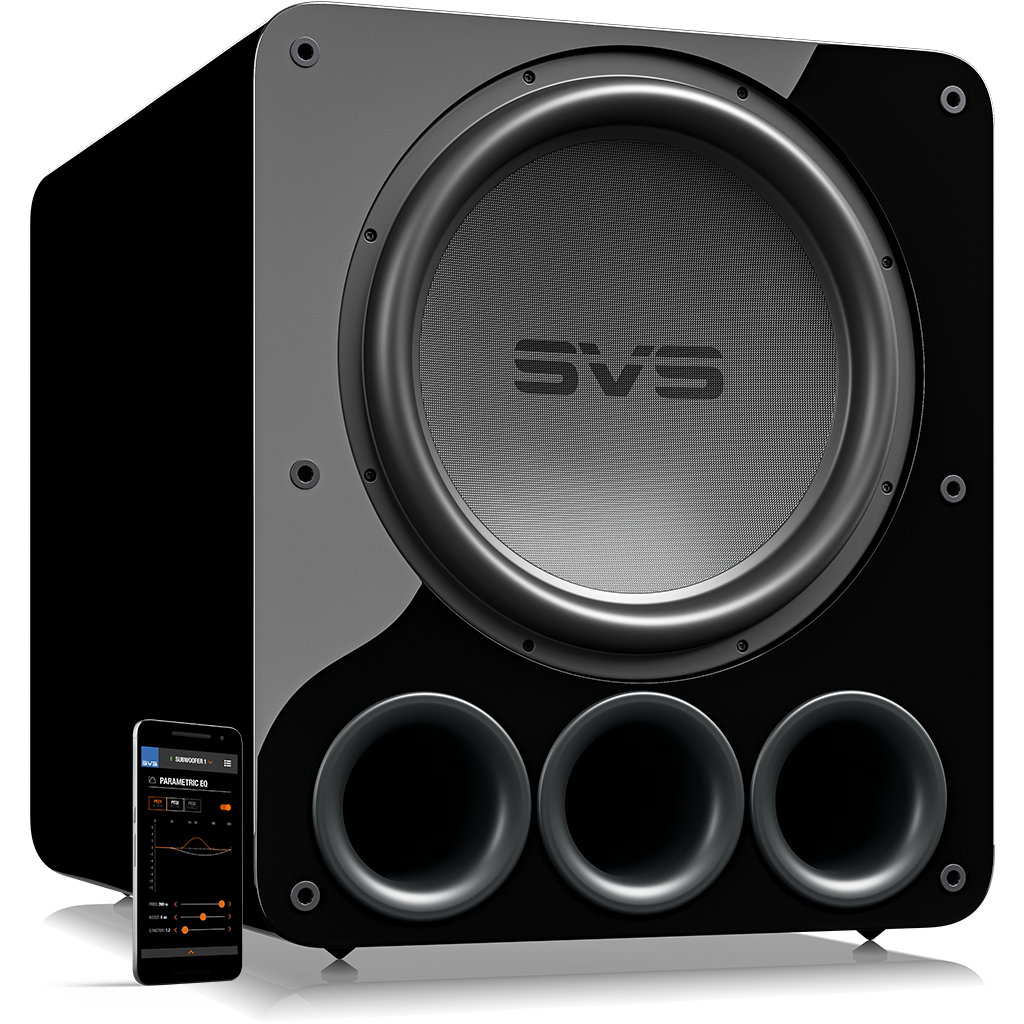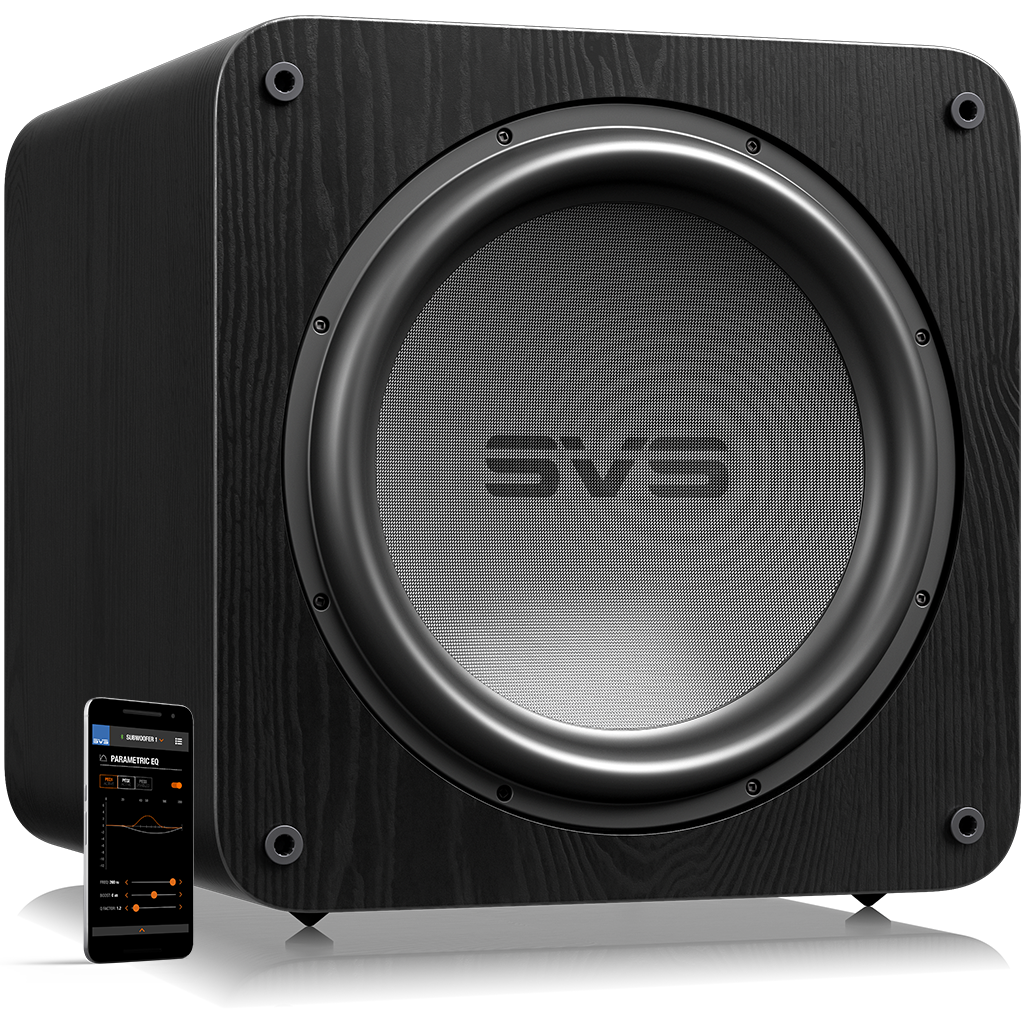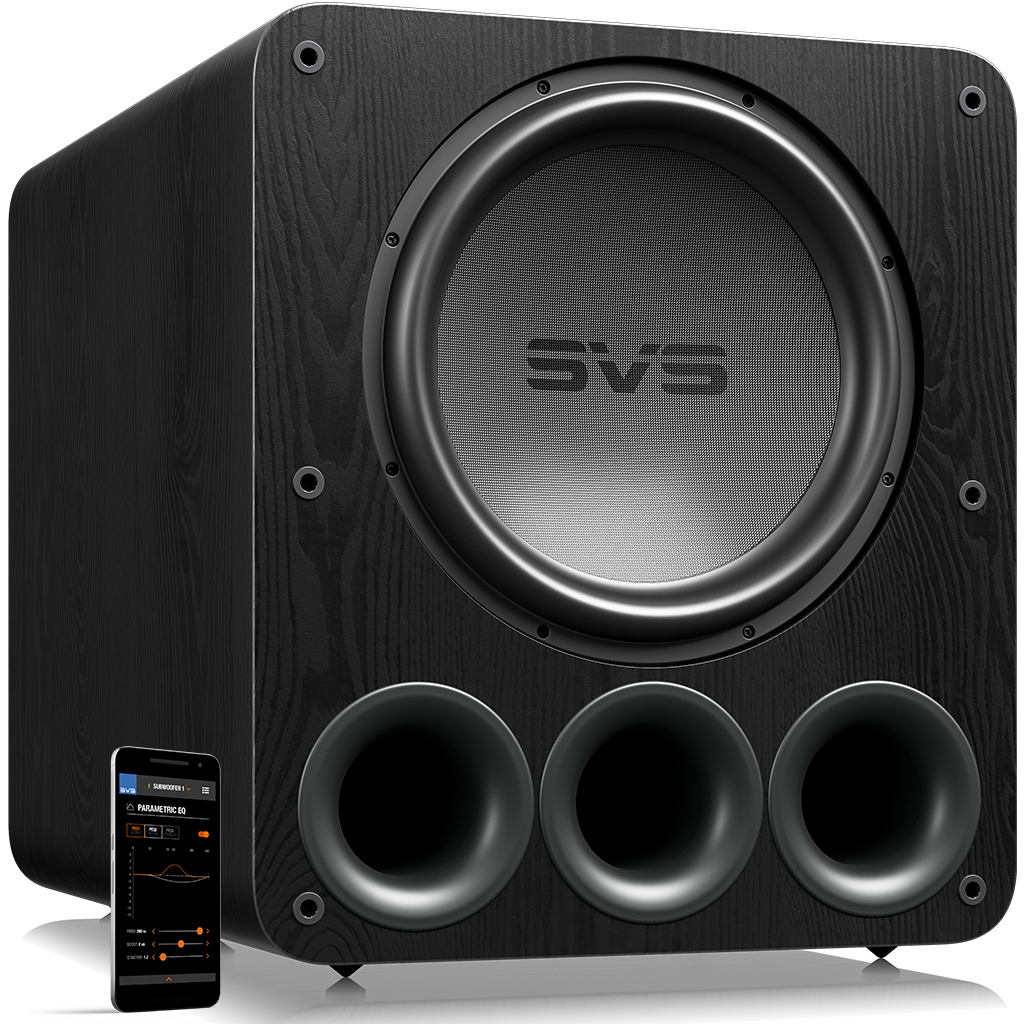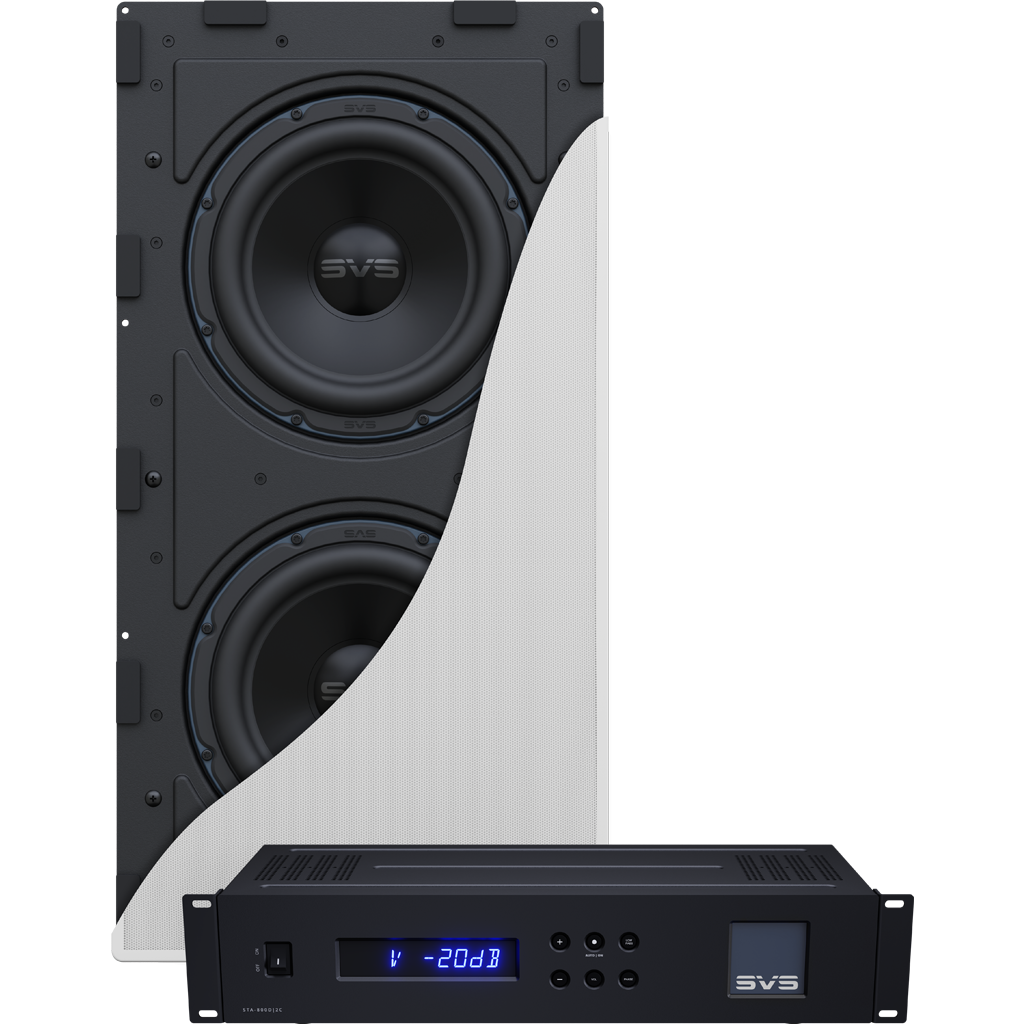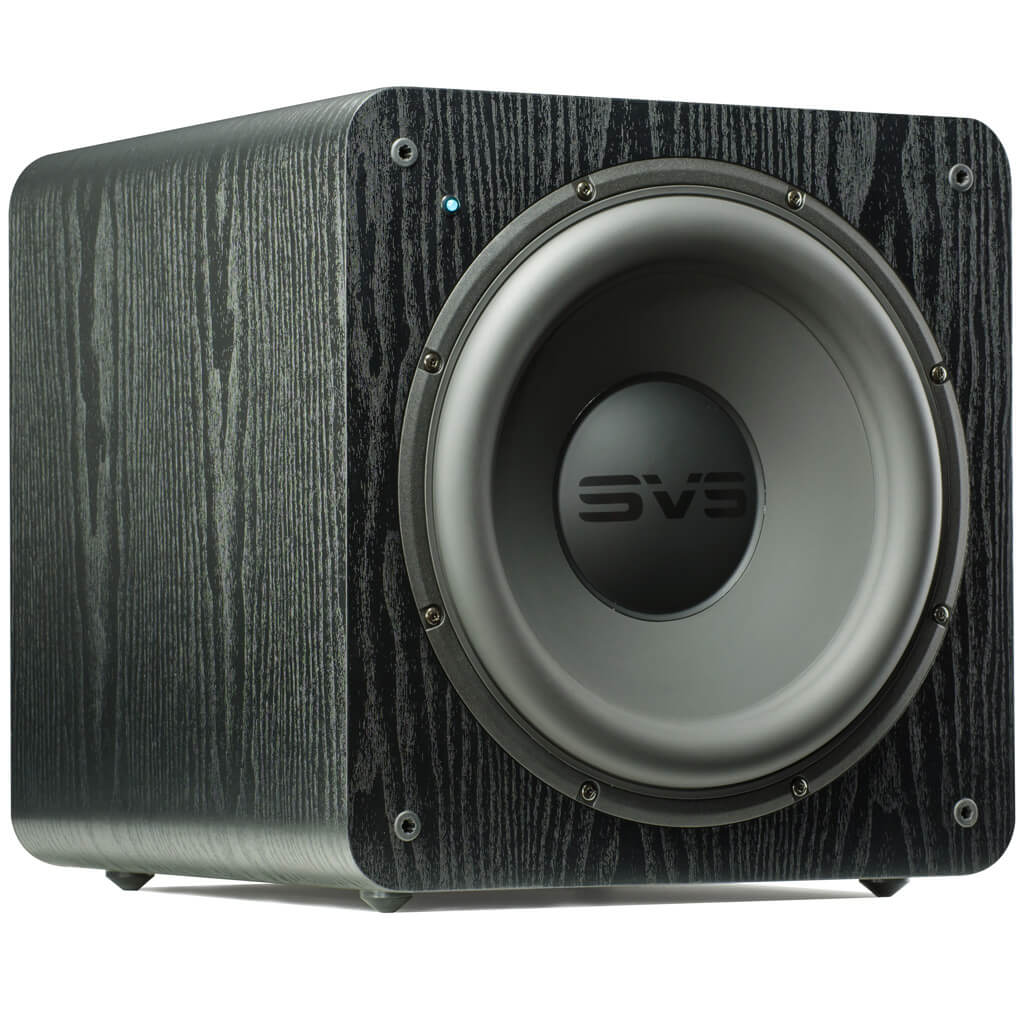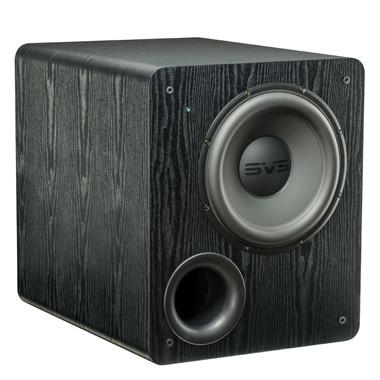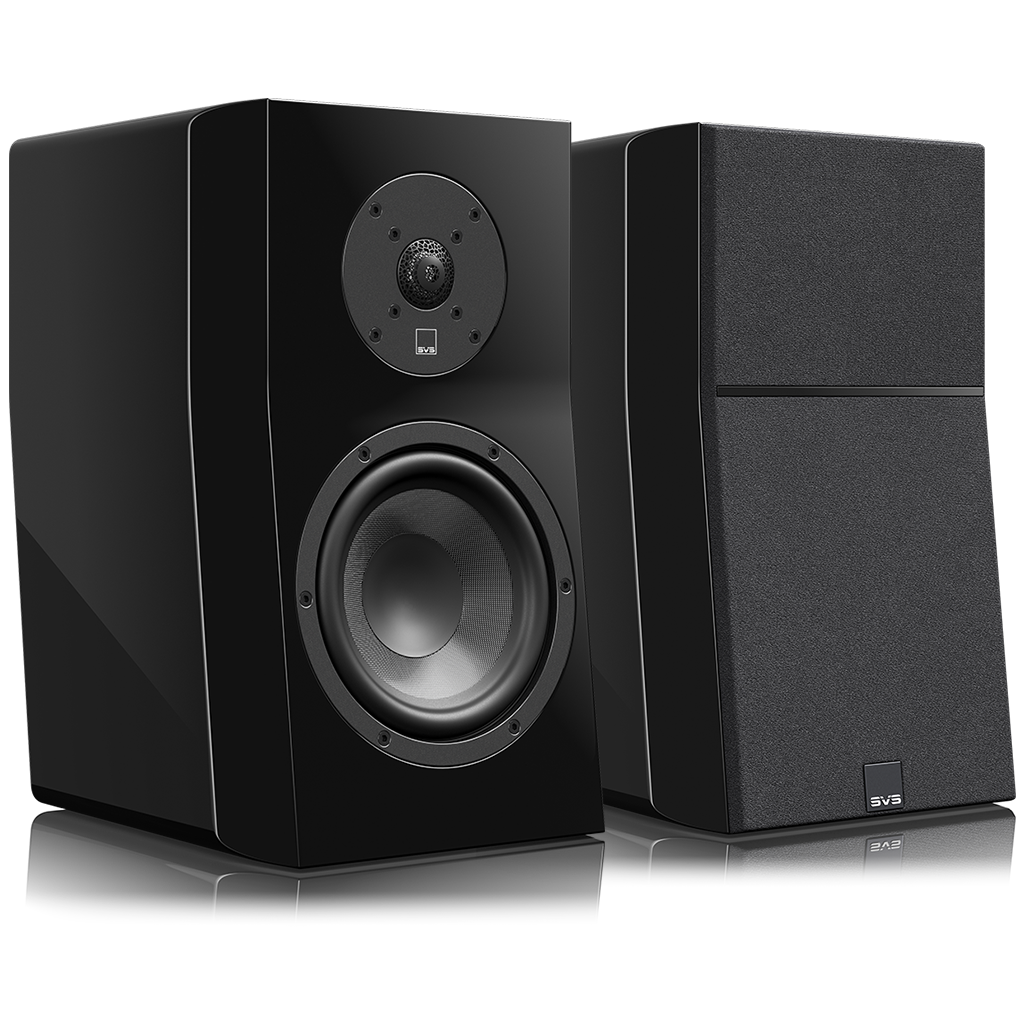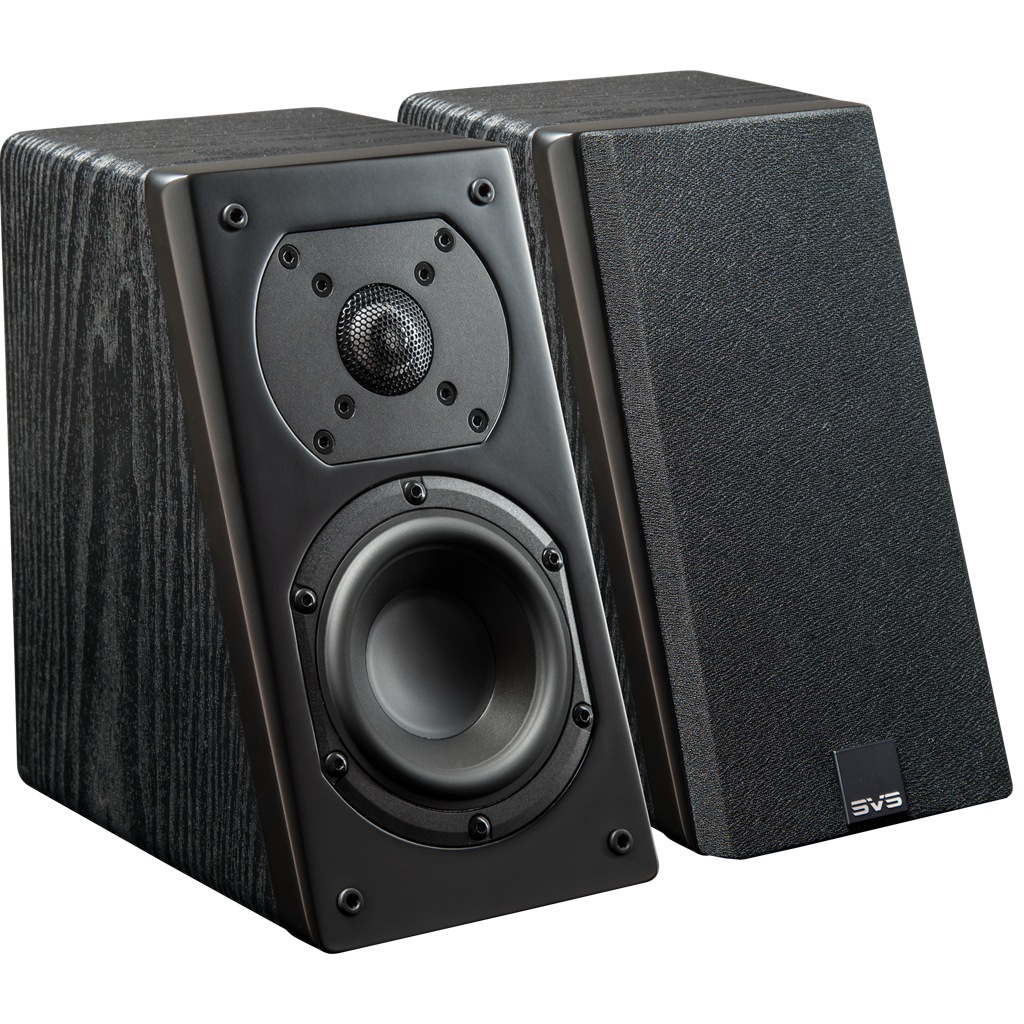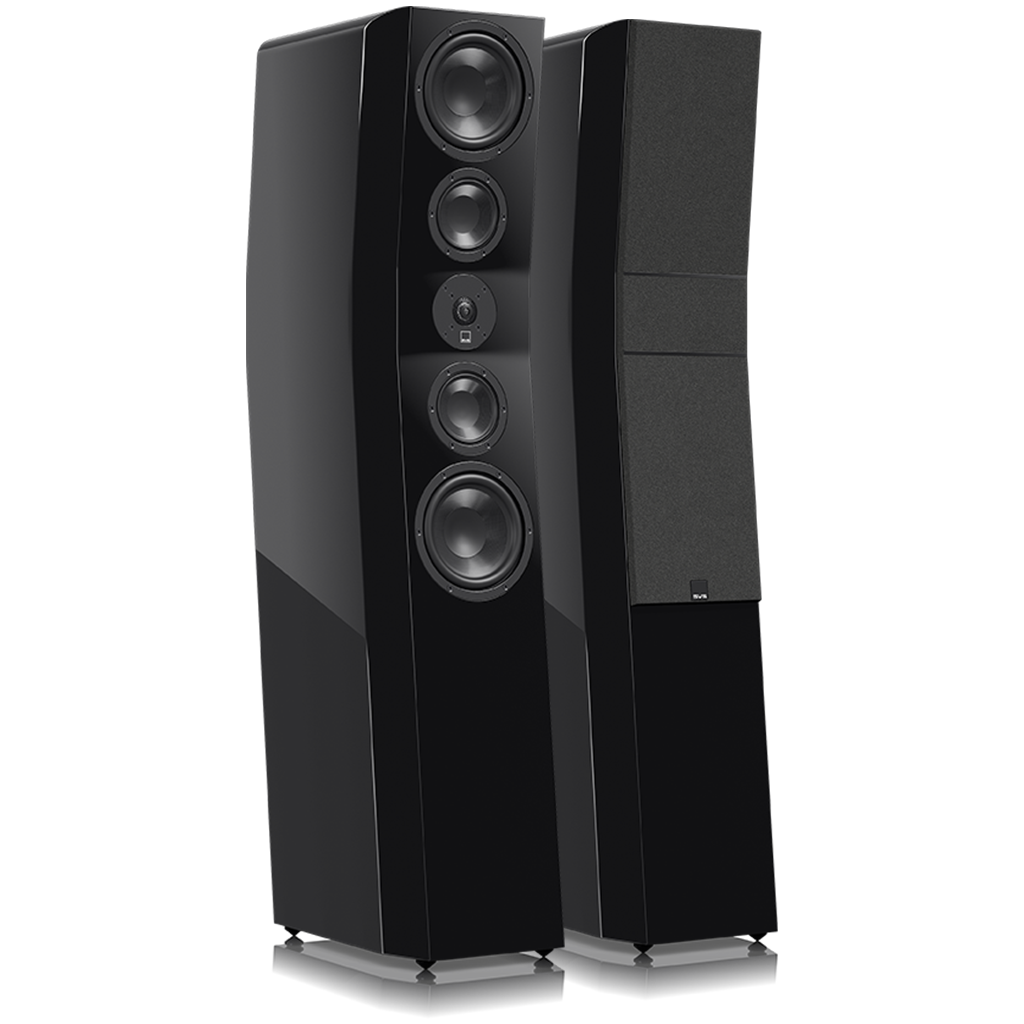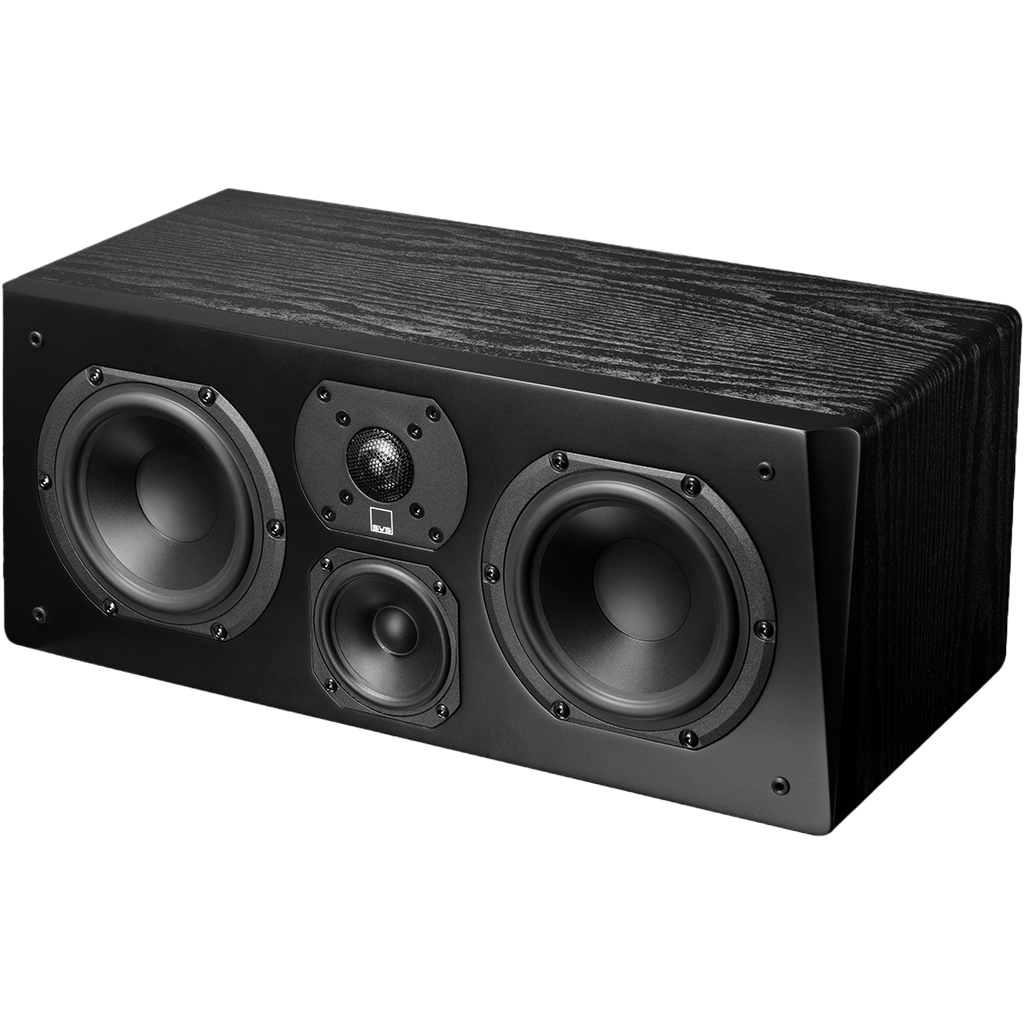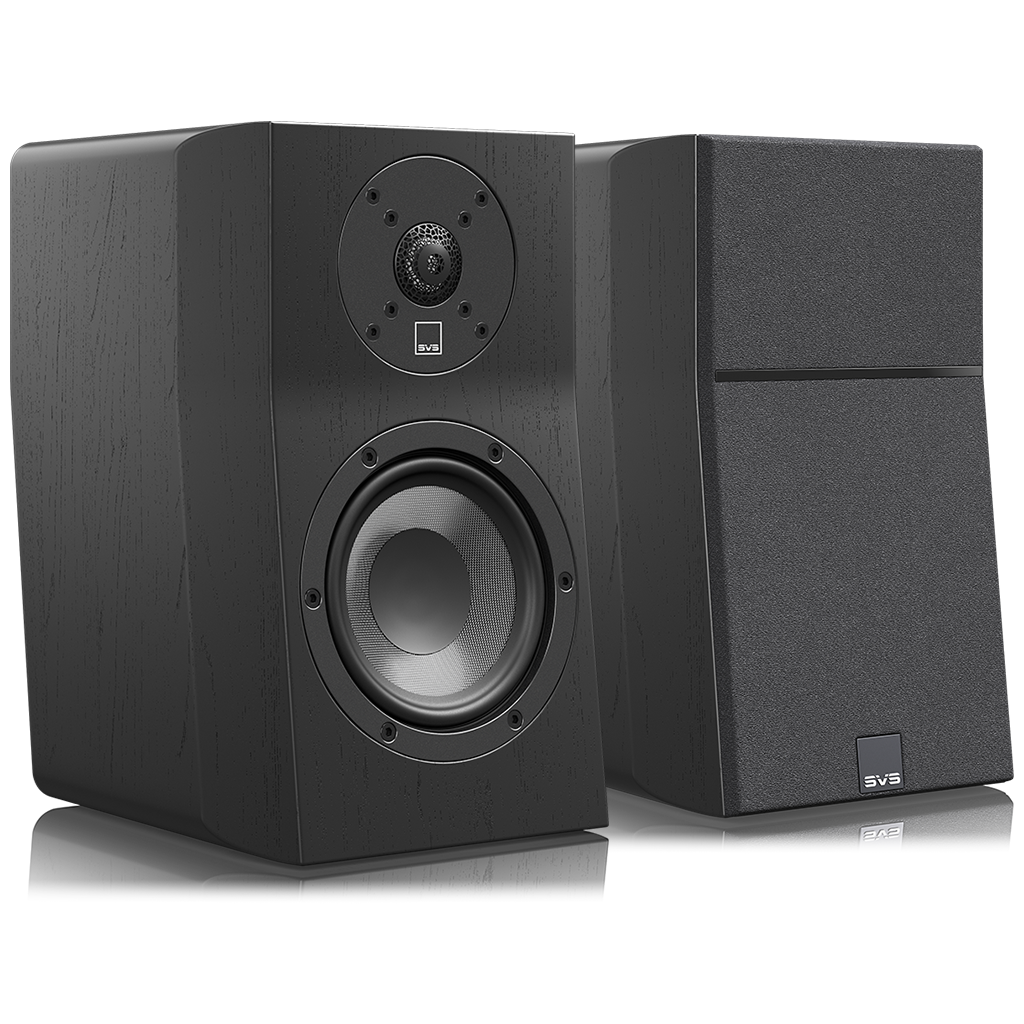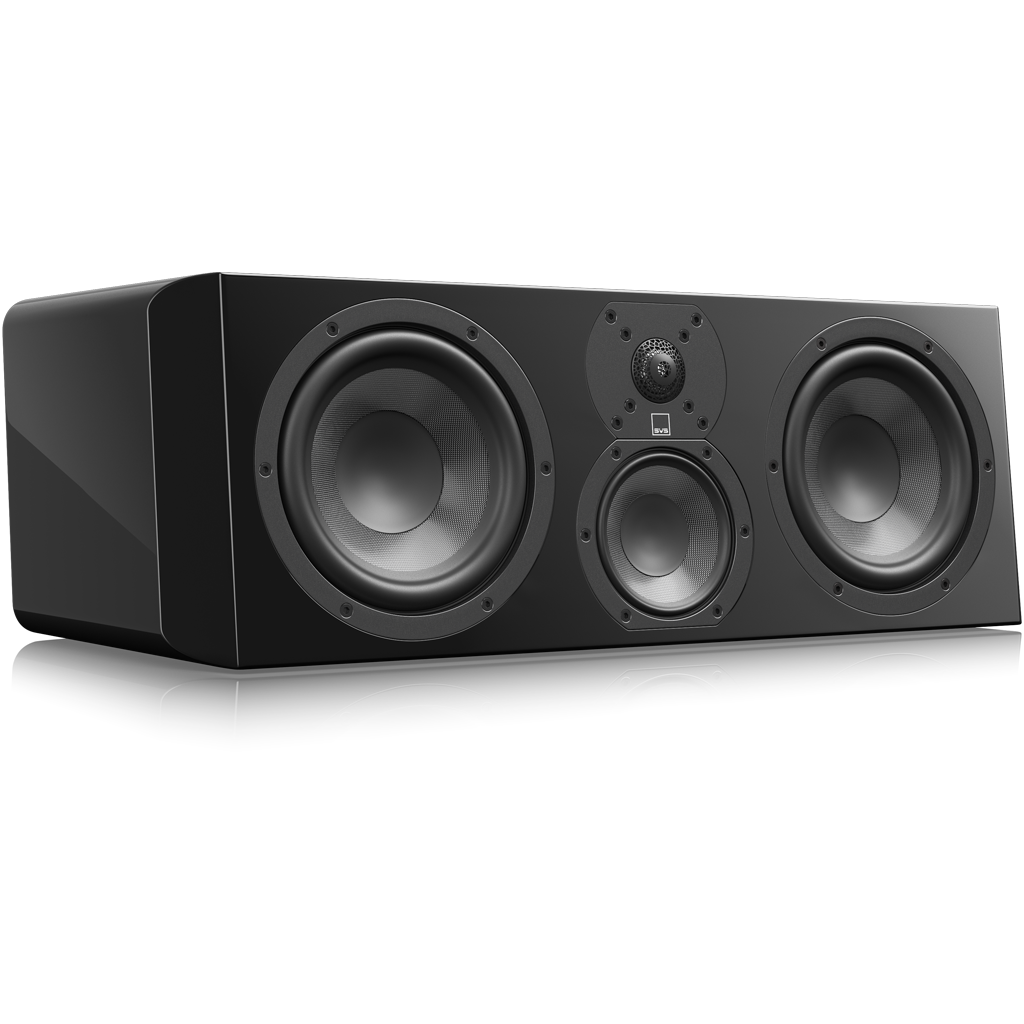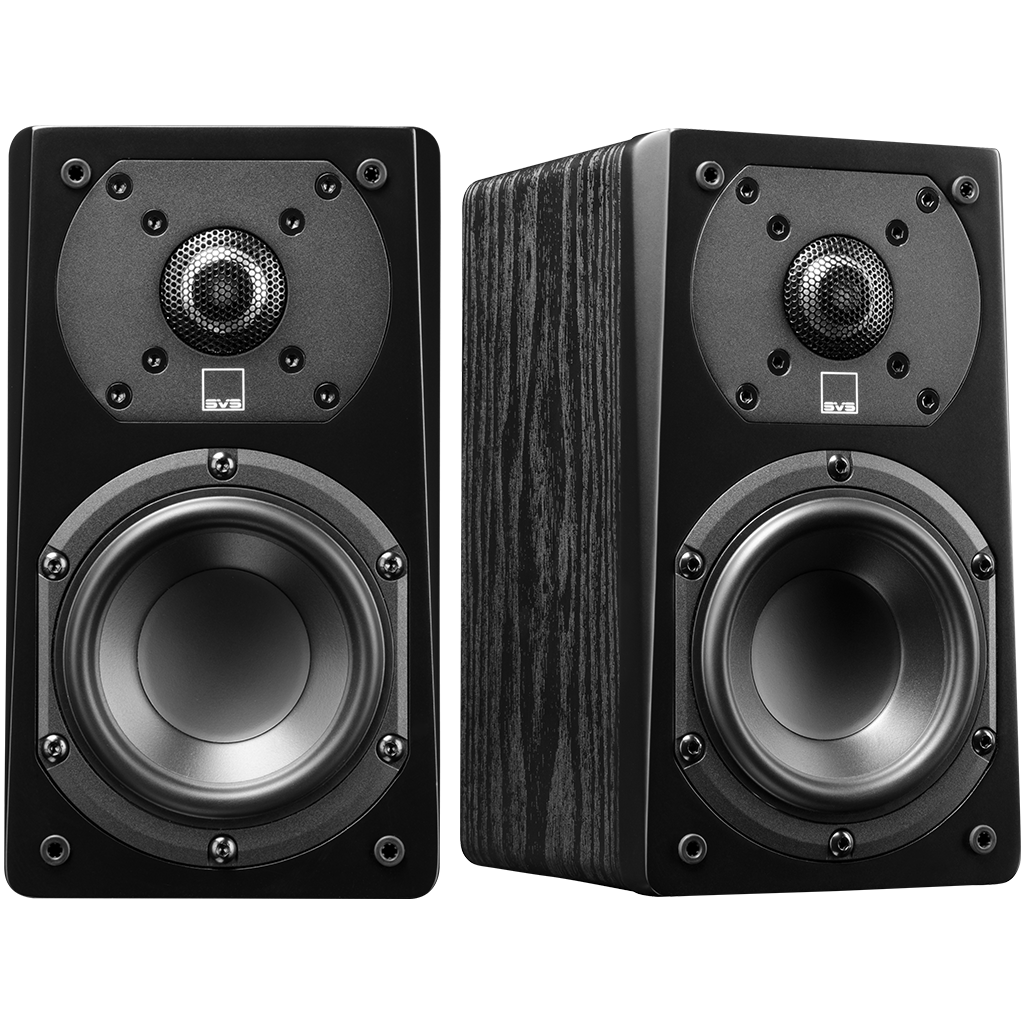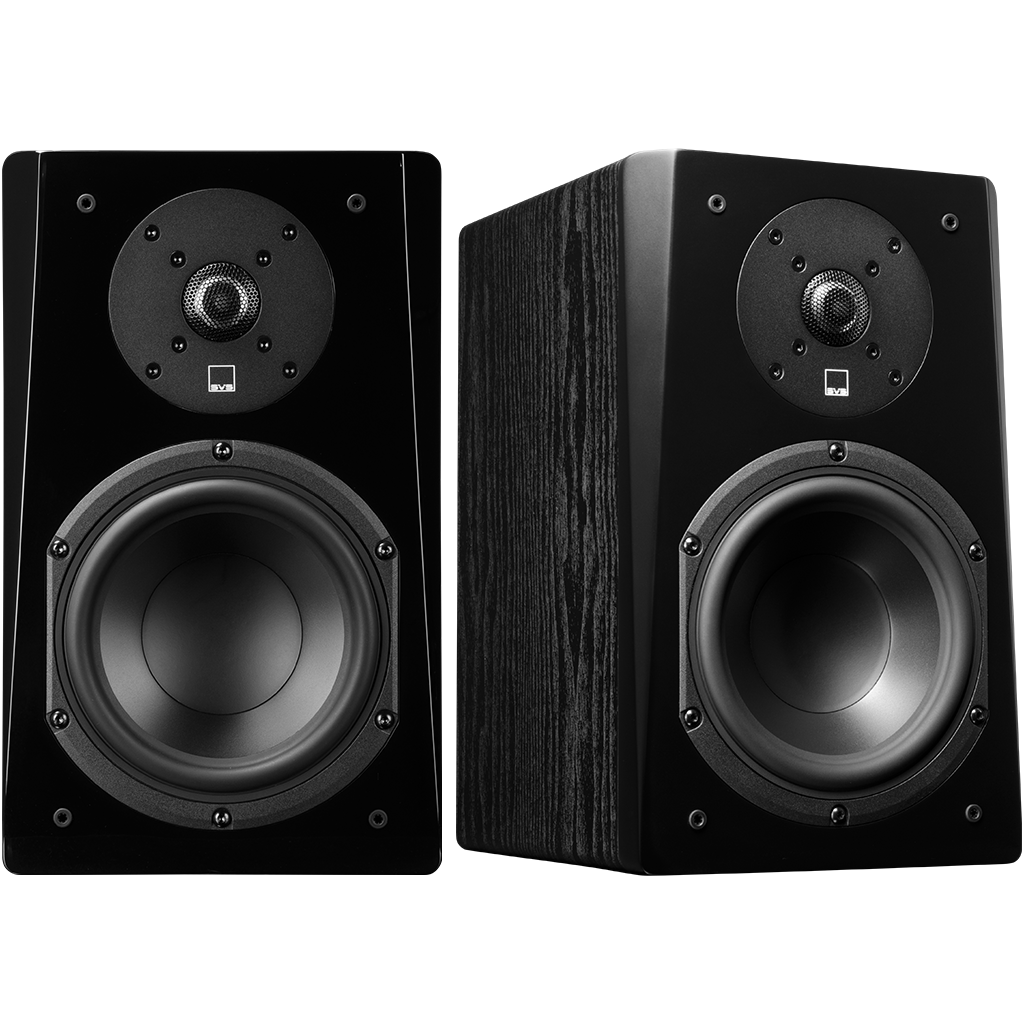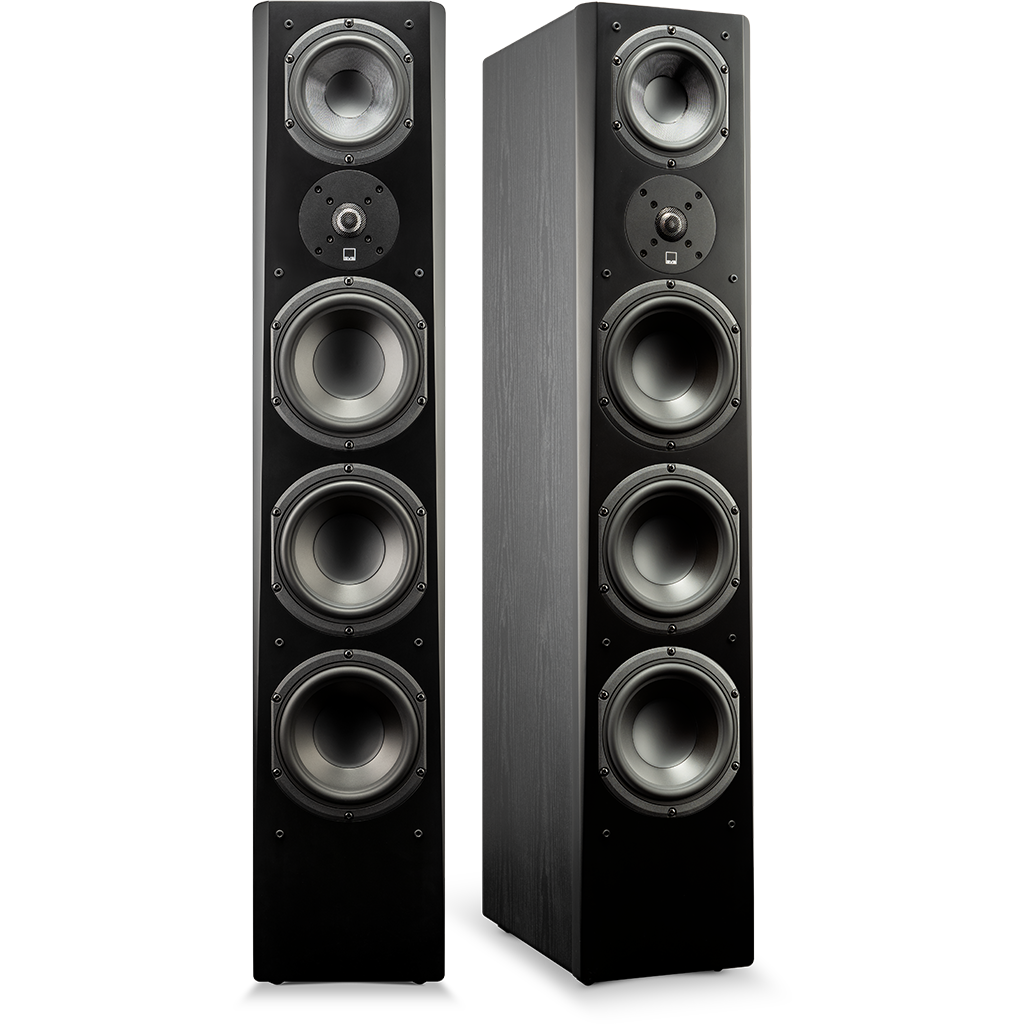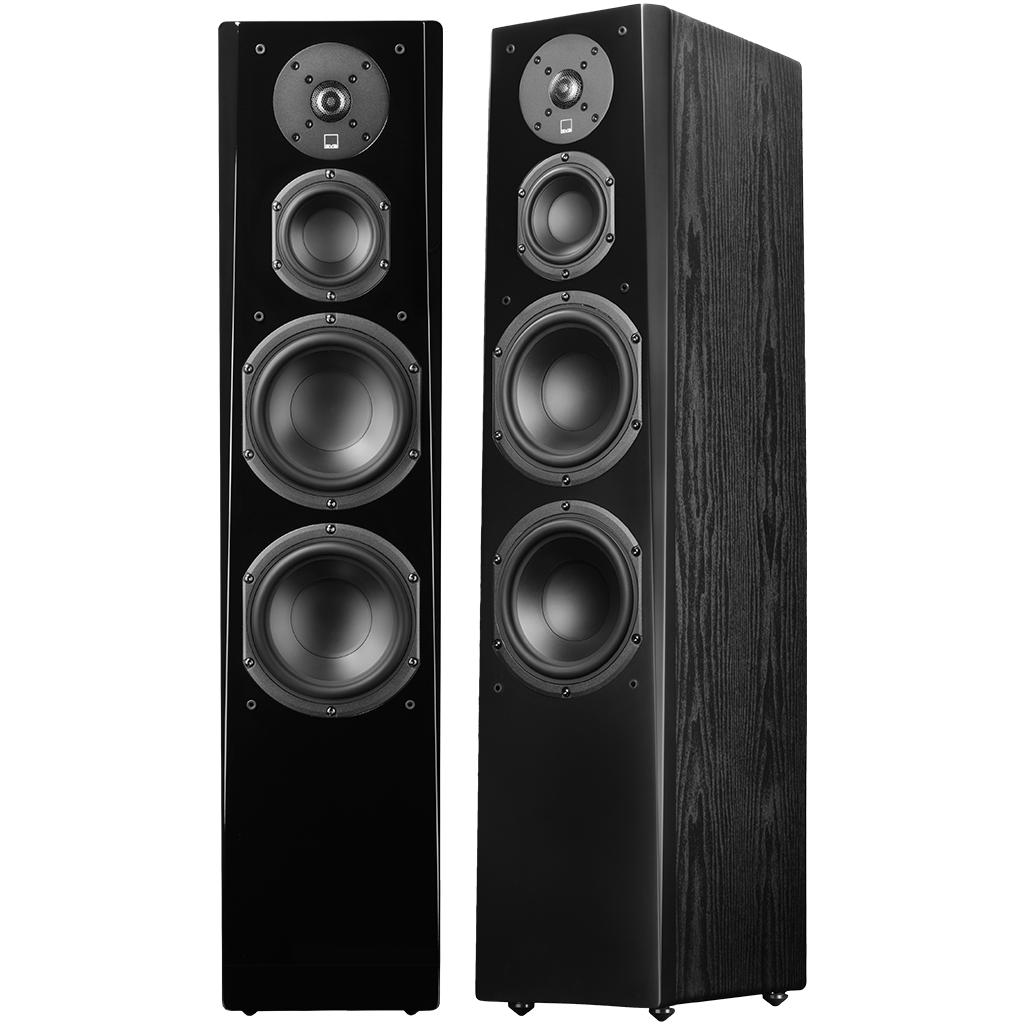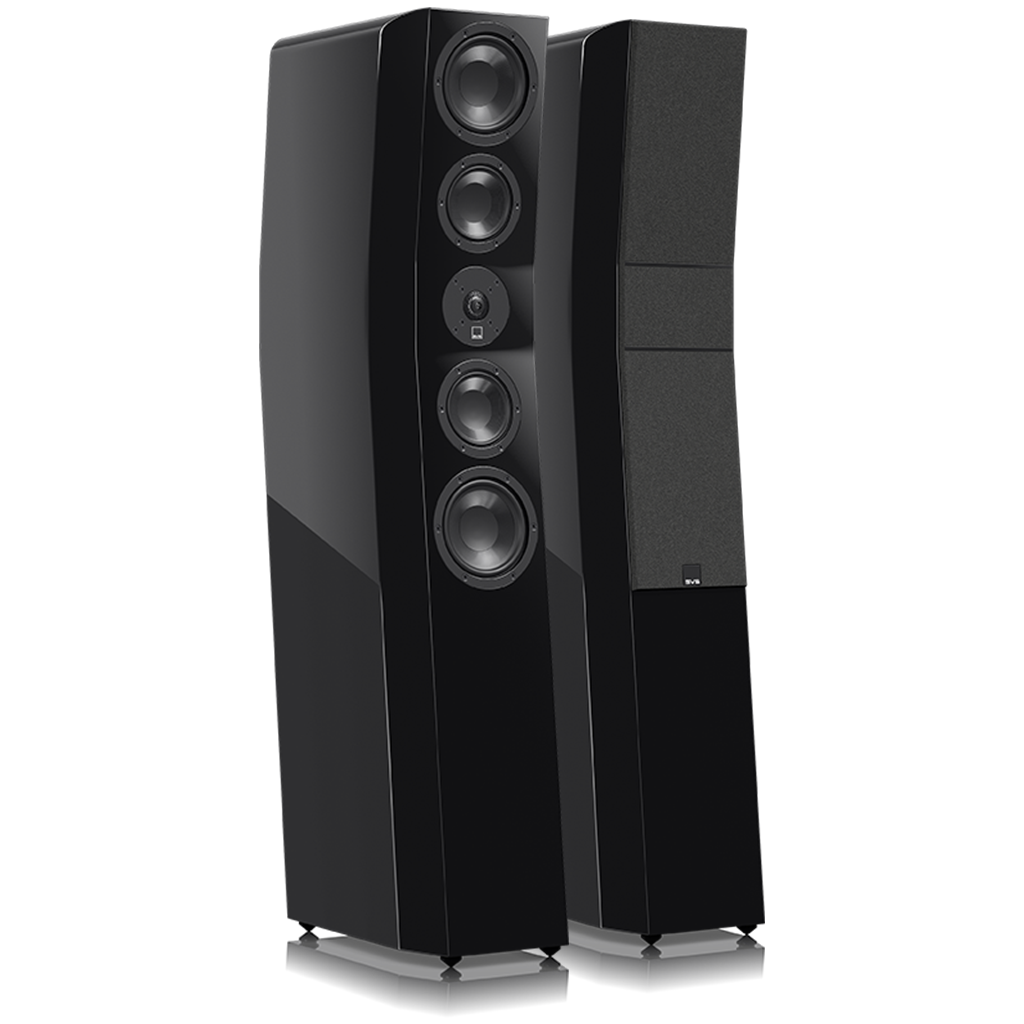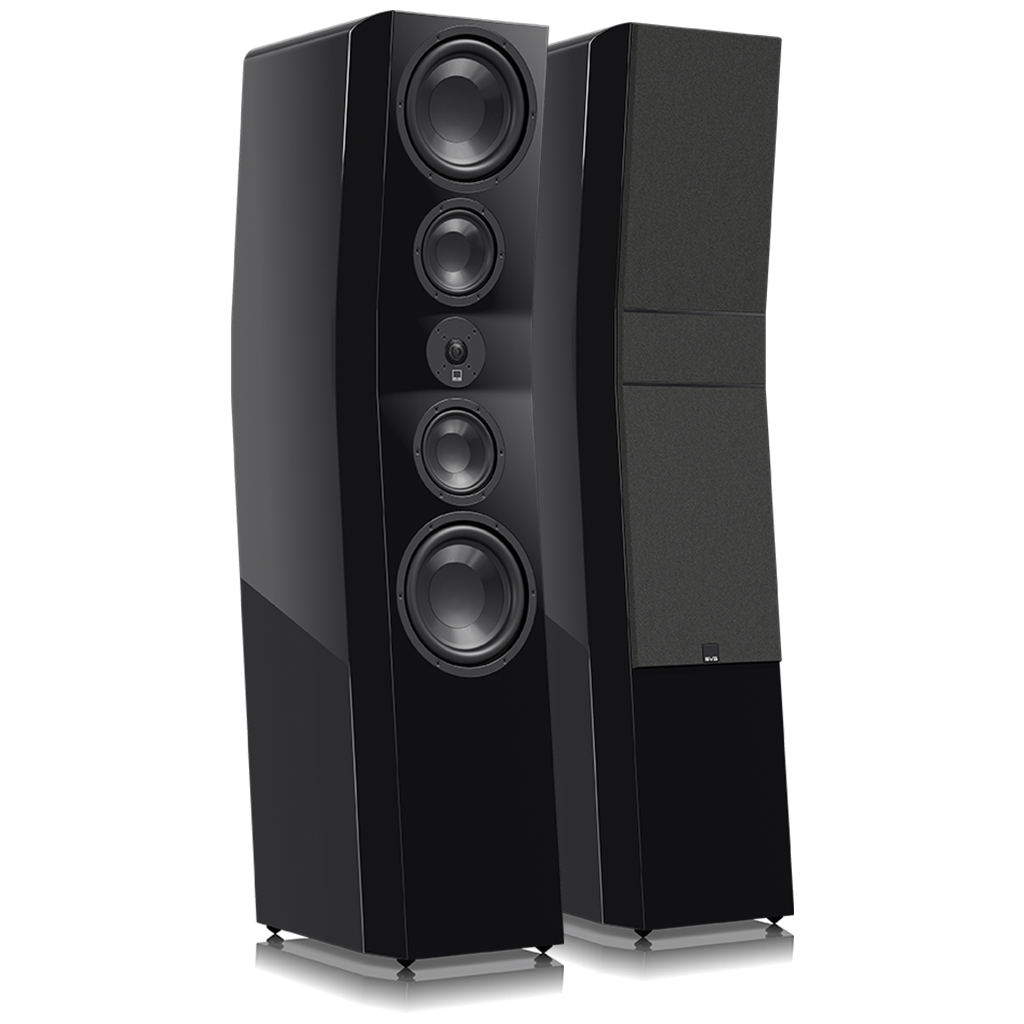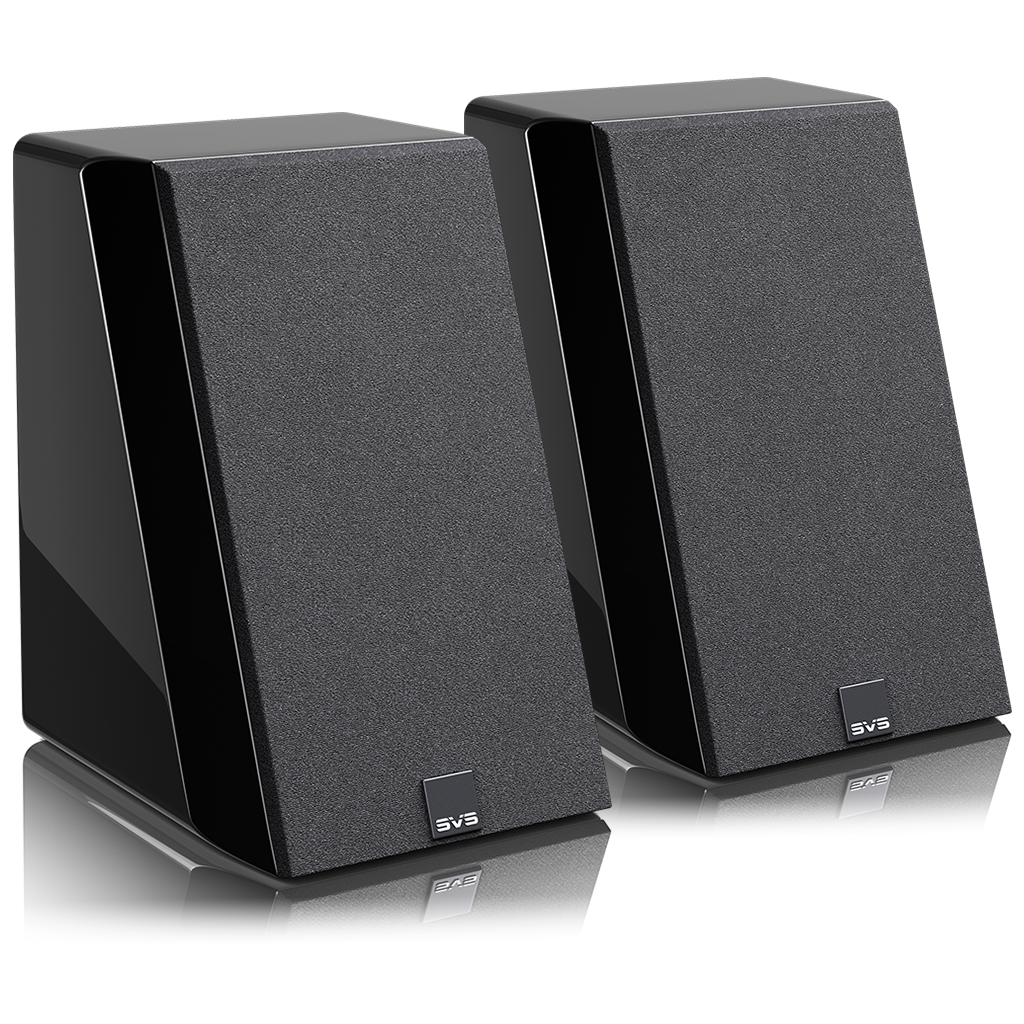Subwoofer Calibration & Tuning: Getting the Bass Just Right

A well-designed powered subwoofer adds an entirely new dimension to any home theater or stereo system by plumbing the low-frequency depths found in movie soundtracks and music recordings. Massive explosions, revving engines, and bumping musical basslines gives content feeling and when unleashed with the help of a properly calibrated subwoofer, creates a level of immersion that simply can’t be replicated, even with full-range loudspeakers.
When setting up a subwoofer, it’s critical to balance low frequency output with the rest of the speakers. Massive, heart-pounding bass can be a lot of fun, but it shouldn't sound boomy and bloated nor should it overpower the rest of the soundstage or wimp out just when the content demands it most.
A properly calibrated subwoofer is accurate in the frequencies it plays, and its output blends seamlessly with loudspeakers so it sounds like the bass is coming from each individual speaker and not from any specific point in space. The subwoofer shouldn’t call attention to itself, but rather let you hear and feel sounds naturally and make the listening experience more thrilling and immersive.
Subwoofer calibration and tuning is an important step to ensure your home audio system sounds its absolute best. The process is slightly different depending on whether you’re setting up a multi-channel home theater or a two-channel stereo system, so we’ve detailed the steps for both below.
Subwoofer Calibration for Home Theater Systems

We'll start with a home-theater system that includes an AV receiver or preamp/processor with a dedicated subwoofer or LFE output connected to the subwoofer's input. Also, we'll assume the subwoofer is powered—that is, it has a built-in power amplifier, and also that it’s in the location it will remain permanently. For help on optimally placing a subwoofer in the room, check out, The Art of Subwoofer Placement.
- Does the sub have an analog or digital volume control?
- If it's analog with a rotary knob, set it to midway in its range. This is generally at the 12 or 1 o'clock position.
- If it's digital (the control might be in an app from the manufacturer), also start midway in its range. For SVS subwoofers with digital volume control, start at a setting of -15.
- These settings will give the AV receiver or pre/pro enough leeway to set the final sub level correctly during its auto-setup routine.
- Most subwoofers also have phase and low-pass filter (or LPF) controls.
- Set phase to 0.
- Set LPF to its highest frequency or off. If the LPF control is a rotary knob, turn it to its fully clockwise position, which might be marked "LFE." If the LPF control is digital, disable it entirely.
- Run the auto-calibration process in the AV receiver or pre/pro, which will play test tones from each speaker and the subwoofer and adjust levels accordingly. We always recommend running room calibration first before fine tuning.
- After the process is complete, take a look at the subwoofer level within the AV receiver or pre/pro.
- In Denon, Marantz, and Onkyo AVRs, this value ranges from -12 to +12; in Pioneer and Yamaha AVRs, it's between -10 and +10.
- Did the AVR automatically set the subwoofer level at its lowest value?
- If so, turn down the subwoofer's onboard level control and run the auto-setup routine again. Repeat until the automated subwoofer level in the AVR or pre/pro is not the lowest possible value.
- This assures that the subwoofer volume is correct as far as the auto-setup routine is concerned.
- Take a look at the bass-management settings in the AVR or pre/pro—specifically, whether or not the auto-setup routine identified any of the main speakers as "large."
- Make sure all main speakers are set to "small" so the low frequencies in all main channels are redirected to the sub, which is much more capable of reproducing those low frequencies than just about any main speaker.
- For more on this, see "Should Speakers Be Set to Large of Small on an AV Receiver?”
- Once all the main speakers are set to "small," set the crossover for each one, which determines the point at which low frequencies start being redirected to the subwoofer.
- This depends on the make and model of each speaker. Set the crossover 10-15 Hz above the speaker's measured or specified low frequency extension. For example, if the speaker's bass extension is 50 Hz (-3 dB), the crossover for that speaker should be set to 60-65 Hz.
- Play some of your favorite content, including tracks with lots of deep bass.
- How does it sound to you? Is the bass well integrated with the rest of the speakers and room? Does its impact seem lacking?
- If you want a bit more, try increasing the level by 2-4 dB. But be careful; if you push it more than that, the bass will likely overwhelm the rest of the soundstage.
- If you want to increase the subwoofer level, should you do it in the AVR or on the sub itself?
- If the sub has an analog rotary volume control, adjust the level in the AVR, which offers more precise and repeatable settings.
- If the sub provides a digital level control, it doesn't matter where you make the adjustment.
Subwoofer Calibration for Two-Channel Stereo Systems

For those who enjoy two-channel audio, a subwoofer (or two) is often a big improvement when added to the two main speakers. In this case, there is no bass management, no time alignment, and no automatic level matching. The main speakers receive a full-range signal from the electronics, and the preamp typically does not provide a separate subwoofer output.
- If the preamp has dual outputs, connect one set to the power amp and the other set to the subwoofer(s).
- If it has only one pair of outputs, use "Y" splitters to send the signal to the power amp and subwoofer(s) from the same outputs.
- Look up the low frequency extension of your main speakers—that is, the -3 dB point at the low end.
- Ideally, you can find this in the manufacturer’s listed specifications on the website or product manual, otherwise you can sometimes find measurements in reviews by reputable media.
- Set the subwoofer's internal low-pass filter cutoff frequency to the same value as the main speaker's bass extension.
- For example, if the speaker’s bass extension extends down to 45 Hz (-3 dB), set the sub's LPF to 45 Hz.
- Some subwoofers—such as those from SVS—also offer a control that adjusts the slope of the LPF above the cutoff point, which greatly helps to integrate the subwoofer(s) with the main speakers.
- If the speakers are ported, their cutoff slope is 24 dB/octave; if they are sealed, their cutoff slope is 12 dB/octave.
- Set the sub's cutoff slope to match the speakers’.
- Play some favorite music and adjust the subwoofer's level control by ear until it sounds just right—blending, not dominating.
- You can also play around with the sub's LPF cutoff setting, maybe nudging it up a bit to overlap with the main speakers. But watch out; if you have too much overlap, you'll get one-note, boomy bass and possibly phase problems.
- If your main speakers do not have deep low frequency extension—say, somewhere in the range from 50 to 80 Hz—it's a good idea to have two subwoofers, which give you stereo bass. For more info on the benefits of multiple subwoofers, check out this article, Why Go Dual Subwoofers.
- On the other hand, if your speakers reach down as low as 30 Hz or so, a single subwoofer is fine, since frequencies that low are not directional.
Bassheads Beware - Don't Overdo It

Many audio enthusiasts really love to crank up the bass to shake the rafters. But that's like a steady diet of candy—it feels good for a while, but it's ultimately fatiguing. Also, it's not how the content creator intended it to sound.
This is completely analogous to video calibration. Many people watch their video display in the so-called "vivid" or "torch" mode, which looks very bright and wildly colorful, but it's tiring on the eyes and not what the content creator intended you to see. A calibrated video display might look a bit dull at first, but it's far more natural, and once most viewers get used to it, they can't go back to torch mode.
Likewise, an overly bass-heavy presentation isn't an accurate reflection of what the artist intended; in fact, it can be quite distracting. The goal of any audio system is to immerse listeners in the content so they forget about the speakers and subwoofers and simply enjoy the experience. If you follow our recommended procedures to calibrate your sub, we're sure you'll come to appreciate the accuracy of balanced bass that lets you lose yourself in your favorite music and movies for hours on end.
Additional Subwoofer Resources
If you really want to dive deep into subwoofer setup and optimization, check out these articles and resources:
- The Art of Subwoofer Placement
- Tips for Setting the Proper Crossover Frequency of a Subwoofer
- Understanding Subwoofer DSP
- Speaker and Subwoofer Digital Bass Management Tips
- Sealed vs. Ported Subwoofers
- Tips for Choosing the Best Subwoofer for Your Home Theater
SVS makes a variety of powered home subwoofers to fit every room, audio system and budget. One good place to start your search is the Subwoofer Matching Tool, which offers recommendations based on your specific brand and model of loudspeaker. The SVS site also features a compare tool to look at features and specifications side-by-side as you choose the best subwoofer for your home theater or stereo system.
Have questions? The SVS Sound Experts are available 7 days-a-week via email, chat or 877.626.5623 to help you choose the best subwoofers based on your set-up and listening preferences.




